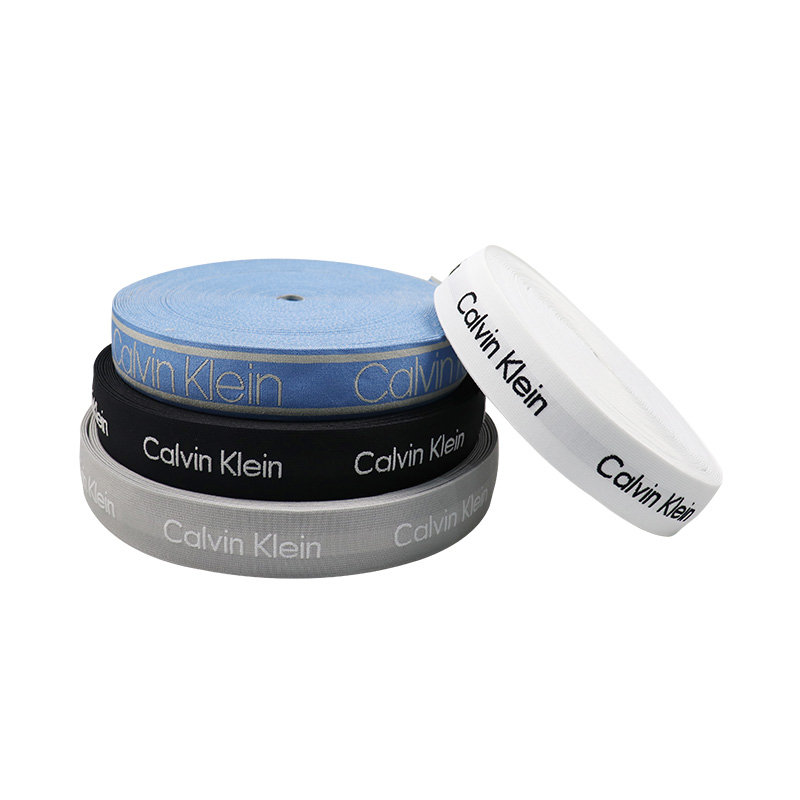Industry
 By Admin
By Admin
Webbing Straps In Bags, Belts, And Outdoor Gear Applications
Webbing straps play an important role in the design and functionality of many everyday items, from bags to belts and various outdoor gear. Their versatility and strength make them suitable for a range of applications where durability and flexibility are needed. Whether used as a key structural component or a comfortable finishing touch, webbing straps enhance both the performance and user experience of these products.
In bags, webbing straps are commonly used for handles, shoulder straps, and adjustable closures. These straps must be sturdy enough to carry heavy loads yet flexible enough to allow for comfortable wear. The choice of material and weaving technique can greatly affect the strap's performance. For instance, webbing straps made from nylon or polyester are often preferred for their resistance to abrasion and moisture. When combined with components like buckles and sliders, these straps offer adjustability and convenience for users.

Interestingly, many types of elastic components are used alongside webbing straps in bag designs. An example is the elastic band for panties, which, while primarily known for intimate apparel, shares qualities that can benefit soft bags and pouches by providing stretch and comfort where needed. In some smaller compartments or inner pockets, a soft elastic band for panties can secure contents gently without causing damage.
In belts, webbing straps are favored for their flexibility and strength. Many casual and outdoor belts use webbing straps to provide a lightweight yet durable option. Unlike rigid leather belts, webbing straps allow for better ventilation and are often adjustable to accommodate different waist sizes. Here, the integration of elastic elements such as the non slip waistband tape can add functional benefits. While non slip waistband tape is typically found in garment waistbands to prevent shifting, its grip properties are sometimes incorporated into belt designs or waistbands in activewear to help maintain position during movement.
A flat elastic waistband is another product frequently paired with webbing in garments, especially in outdoor or sports clothing. This type of waistband provides consistent pressure around the waist without rolling or bunching, offering comfort for long periods of wear. The use of flat elastic waistband materials in combination with webbing straps can also improve the overall fit and support of belts and waist-mounted gear.
Outdoor gear, such as backpacks, camping equipment, and safety harnesses, relies heavily on webbing straps for structural integrity and adjustability. Webbing is used for shoulder straps, chest straps, compression straps, and attachment points, making the gear customizable to various body shapes and load requirements. The strength-to-weight ratio of webbing straps is especially important in outdoor gear, where every ounce counts and durability is critical for safety.
Similar to how elastic is integrated in garment waistbands, the outdoor gear industry sometimes uses elastic bands like the elastic band for panties or non slip waistband tape in innovative ways to enhance fit and comfort. For example, elasticized sections may be incorporated in certain straps to allow some give without compromising overall security. This elastic flexibility can help reduce pressure points and improve freedom of movement when wearing backpacks or harnesses for extended periods.
The flat elastic waistband concept also finds application in outdoor gear waist straps, where a flat, wide elastic band can evenly distribute pressure and reduce chafing during active use. Combining these elastic components with webbing straps results in gear that adapts better to the wearer's movements and maintains comfort during physical activities.
Choosing the right webbing strap for bags, belts, or outdoor equipment involves considering factors like tensile strength, flexibility, width, and material properties. Polyester and nylon webbings remain popular choices due to their balance of strength and elasticity. In addition, manufacturers may add coatings or treatments to webbing to improve water resistance or UV stability, important features for outdoor gear exposed to the elements.
In garment manufacturing, elastic bands such as the elastic band for panties are carefully selected for softness and stretchability, properties that can also enhance the function of webbing-based accessories or attachments. The integration of non slip waistband tape ensures that waistbands and belts stay securely in place, reducing the need for constant readjustment during wear. Similarly, the smooth profile of a flat elastic waistband helps avoid discomfort caused by uneven pressure or pinching.
In summary, webbing straps are essential components in many bags, belts, and outdoor gear products. Their ability to combine strength with flexibility makes them a practical choice for a wide range of applications. When paired with elastic products like the elastic band for panties, non slip waistband tape, and flat elastic waistband, these straps contribute to improved comfort, fit, and durability. Understanding the roles of these materials and how they work together can help designers and manufacturers create functional and comfortable products suited to everyday needs and outdoor adventures.



 English
English Español
Español عربى
عربى Tiếng Việt
Tiếng Việt

